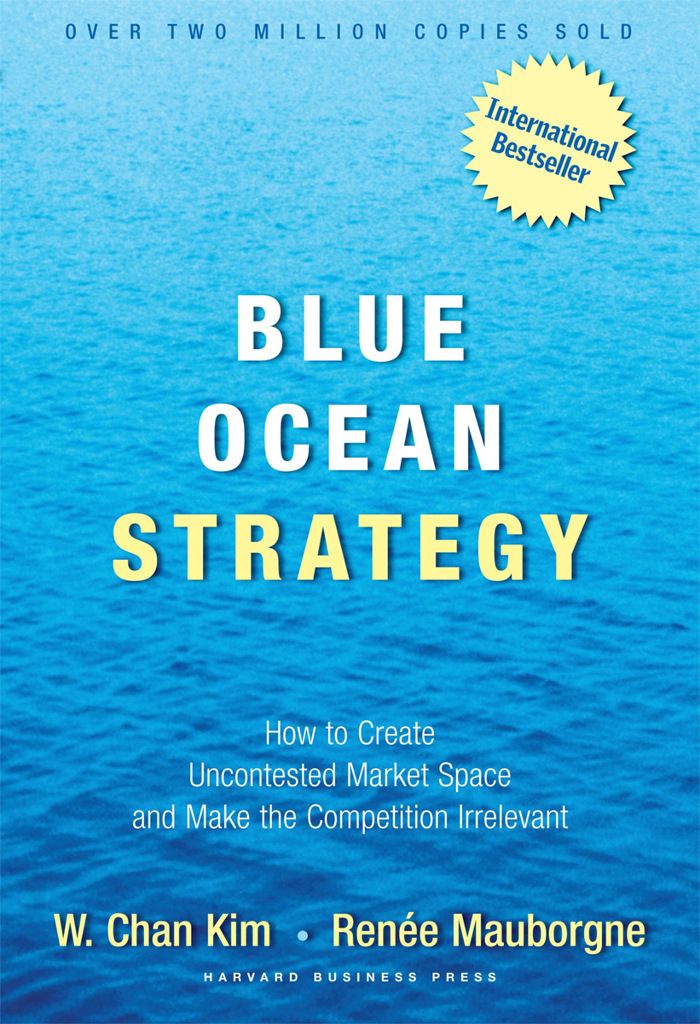
Find an uncontested area of the market to ply your business and you’ll have smooth sailing toward success
Many people, if not most, believe that competition entails doing what everyone else does, only cheaper or better. But there’s another way, which is to find an approach that differentiates you in an uncontested area of the marketplace. This was the strategy followed by the first green builders. It was a strategy that proved successful even during the Great Recession of 2008, when all builders but the green builders lost market share. Nowadays, green building is no longer a strong differentiator the way it once was. Most builders have become green builders by choice, or simply by force of government fiat through ever more stringent energy codes.
But there still exist many inovative ways to differentiate your business so that it provides a unique and otherwise unavailable advantage to a target market. If you read between the lines of most of the success stories contained in this blog, the majority have prospered on the basis of this tactic.
For example, Latino Construction. The company started as an HVAC contractor struggling to make space in a crowded field of retail, residential heating, and air conditioning contractors, who had deeper pockets, established clientele, financing, and many other advantages. But when Latino stumbled into a niche, the multifamily residential property-maintenance market, they were the only HVAC- and, later, plumbing-licensed, full-service maintenance contractor in the city, and cornered the market.
Nebraska Siding and Windows competed in a saturated gutters, siding, and window-replacement market in Omaha, Neb. They were doing well, but it was hard competition until owner, Jim, spotted the opportunity to move his business where no competition existed at all in rural Ogallala, Neb. After doing some research, he realized that within 150 miles of Ogallala there existed an underserved population for his products and services that rivaled Omaha in size, nearly 600,000 potential customers and no siding companies at all.
I have made reference to niches I found in different markets at different times and did very well with them. For example, I built four-bedroom duplexes in a college town as investment student housing. Parents would buy the one or both sides of the duplex, put their kids in one bedroom and rent out the rest. Rents covered the mortgage payments and after graduation parents sold the units, sometimes at a profit. The key was designing the four bedrooms to work as private dormitories, with two baths in the hall, double laves in each bath (so all bedrooms had the sink and storage), and locksets on each door for privacy.
By identifying the specific needs of a market segment, and providing that market segment a specific solution where none presently exists, you can find what business managers call the “blue-ocean advantage.” This is a name that first appeared in a book called Blue Ocean Strategy by W. Chan Kim and Reneé Mauborgne, which argued that most businesses compete in what they called “red oceans,” where sharks fight in a high-stress battle for a shrinking pool of profits. It’s what most builders do. Shrewd competitors differentiate themselves in some meaningful way to target an uncontested market–your blue ocean.
If you have a blue-ocean strategy, tell us about it.
Fine Homebuilding Recommended Products
Fine Homebuilding receives a commission for items purchased through links on this site, including Amazon Associates and other affiliate advertising programs.

Affordable IR Camera

8067 All-Weather Flashing Tape

Reliable Crimp Connectors

Author W. Chan Kim and Renée Mauborgne Genre Business Management Publisher Harvard Business School Press Publication date 2005 ISBN 1-59139-619-0


























